So you finally did it. You booked the safari. Maybe you read my previous article and were convinced. Or maybe you have wanted to all along. Either way, there’s much to keep in mind when preparing for a great safari trip. Most importantly, capturing the memories. After all, it’s a once in a lifetime experience for many. The thrill of the chase, the whisper of the wind through the tall grasses, the sudden gasp as a lion emerges from the shadows – Kruger National Park is a symphony of wildlife wonders. It is a photographer’s paradise waiting to be explored. However, capturing these fleeting moments of raw beauty and untamed power takes more than just a lucky snapshot. It requires patience. You need a keen eye and a deep understanding of the bush and its inhabitants.
This guide is your passport to unlocking the secrets of photographing the wonders of wildlife in Kruger. Here, I am going to be offering insights and techniques to help you transform your safari memories into stunning visual stories. Whether you’re a seasoned pro with a bag full of lenses or a passionate amateur armed with your trusty camera phone, get ready to embark on a photographic journey through the heart of Kruger. Every click of the shutter captures a piece of the park’s wild soul. A piece of Kruger’s wildlife wonders.
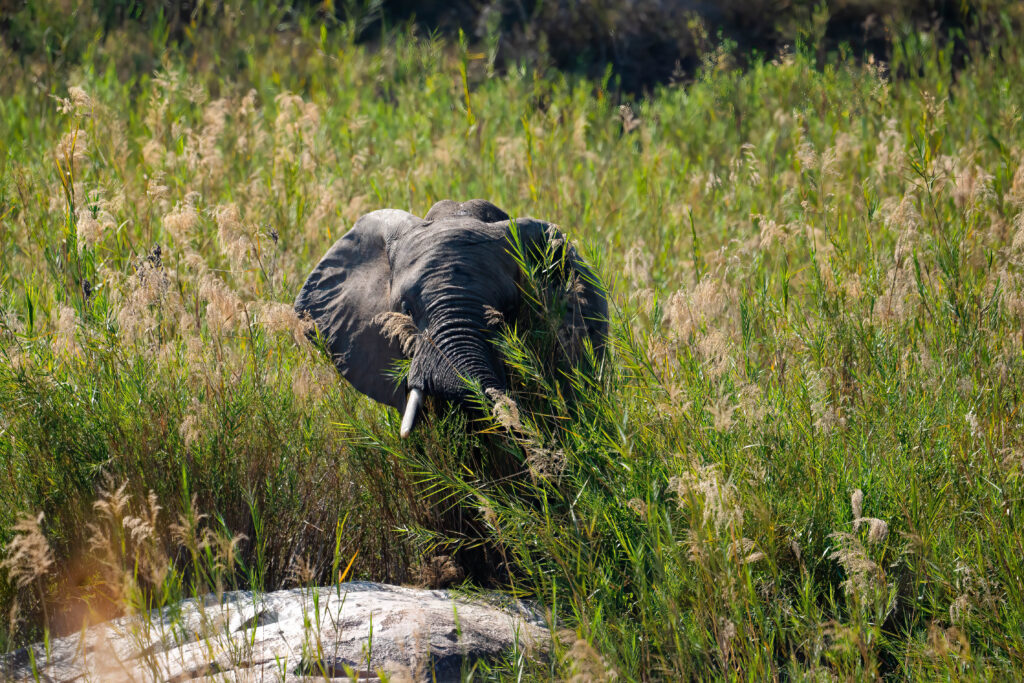
Understanding Kruger's Wildlife
Before you even pick up your camera, it’s essential to learn about the animals you hope to capture. Knowing their behavior, their habitats, and their daily routines will significantly increase your chances of getting those perfect shots. We can delve into the habits of some of Kruger’s most iconic residents – lions, elephants, leopards, wild dogs, and more – discussing when and where you’re most likely to find them. I will also delve into what kind of photographic opportunities each encounter might present. This knowledge will not only improve your photography but also deepen your appreciation for these magnificent creatures.
Let’s think of it this way: you would not go on a fishing trip without knowing the kind of fish that you are trying to catch, right? This same idea applies to wildlife photography. Understanding your subjects is the key to anticipating their actions so that you can position yourself for the best shot. Take lions, for example. They are most active during the golden hours of dusk and dawn. They typically rest in the shade during the heat of the day. With this knowledge, you can plan your game drives accordingly. On the other hand, elephants are typically found near waterholes. This gives an opportunity to photograph them bathing and interacting with their herd. Other animals, like leopards, are more elusive. They prefer to hunt at night and will camouflage themselves in trees.
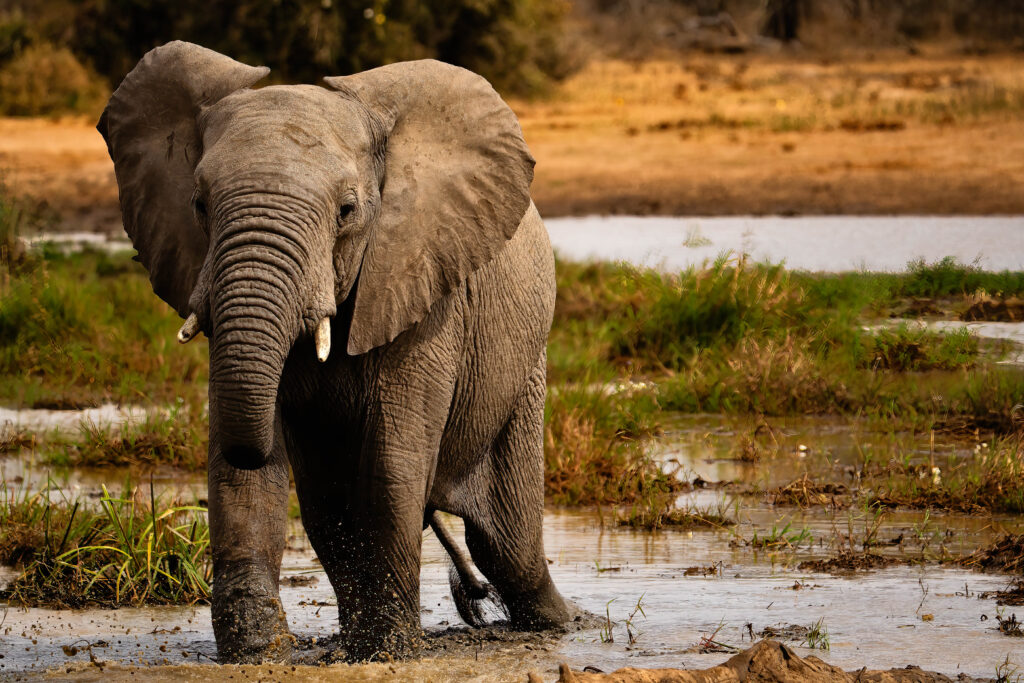
By knowing an animal’s habits, you will be able to more easily spot them in their natural habitat. By studying their behavior, you will be able to predict their movements and be ready to capture breathtaking shots. It is all about combining your photographic skills with a deep respect for the natural world and the wildlife wonders that inhabit it.
Essential Gear
Nobody necessarily needs the most expensive equipment for the best shots. However, having the right tools makes a significant difference. Whether it be the camera body, lens, or tripod, various setups can enhance your experience. There is also some budget friendly solutions to all of the above and ways to make the most of the gear you probably already have. Let’s face it, it isn’t about the gear, but how you use it, that determines the outcome!
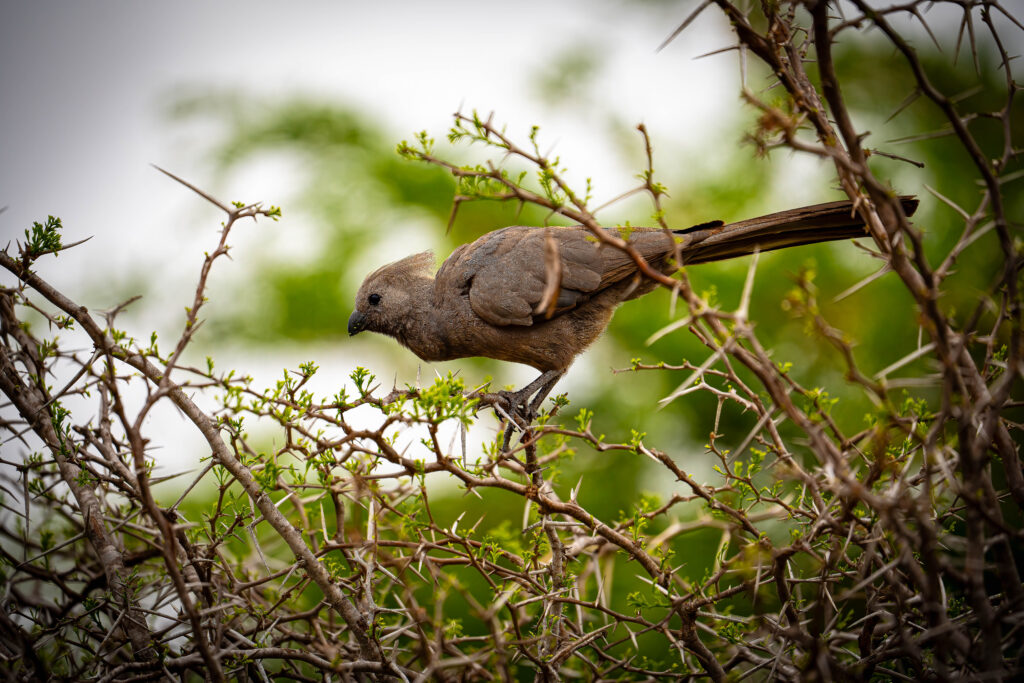
So you have a good eye and a deep understanding of animal behavior? Well, now let’s make sure you have the right tools to elevate your photography game. After all, your camera is an extension of your eye.
Camera Bodies: If you’re investing in a dedicated camera, consider one with good low-light performance. Many wildlife encounters take place during dawn and dusk. Most DSLRs and mirrorless cameras (my preferred choice for their speed) have good capabilities nowadays. There should be plenty of choices, even for lower budgets. Also, never underestimate the power of your smartphone. It’s far from ideal, in my opinion as a photographer. However, if the budget is really tight, modern smartphones have incredibly capable cameras for capturing a spontaneous moment. After all, “the best camera is the one that’s with you,” as the famous photographer Chase Jarvis puts it.
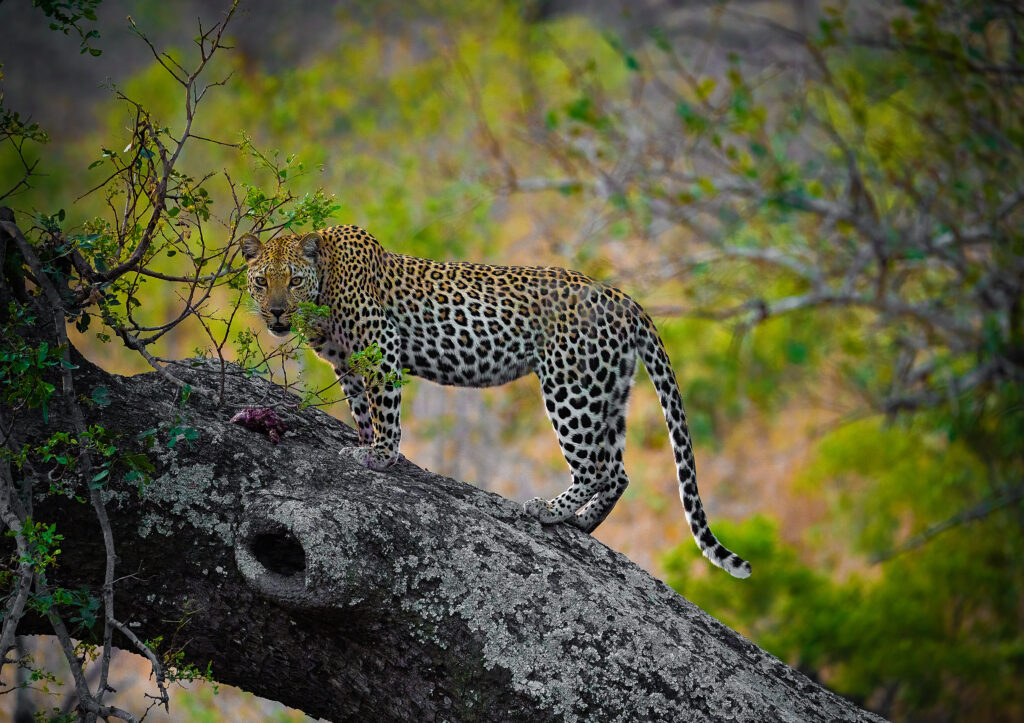
Lenses: Now this, in my eyes, is where the magic can really happen! A good telephoto lens is your best friend in Kruger. It allows you to see close to Kruger’s wildlife wonders without physically disturbing the animals (which isn’t a safe thing to do anyway!). The longer the focal length (measured in millimeters), the closer you can get. A 200mm is a great starting point. However, if you really want to invest and get the best reach, I suggest a 400mm or even a 600mm. You could even consider renting lenses to try before making a pricey purchase.
Tripods and Accessories: A sturdy tripod is a great tool for sharper images, especially using a telephoto lens. It can help to stabilize your camera and prevent blurry photos, particularly in low light conditions. Of course, when on a safari, you will likely be very mobile and in a vehicle, so a tripod might not always be usable. Consider, in this case, a camera sandbag or beanbag. With this, you can comfortably prop your camera onto the window and car door, essentially creating a makeshift tripod.
Some other useful accessories, which might seem obvious, are camera bags to protect your gear. Also, be sure to have extra batteries, memory cards, and a lens cloth to keep your lens clean.
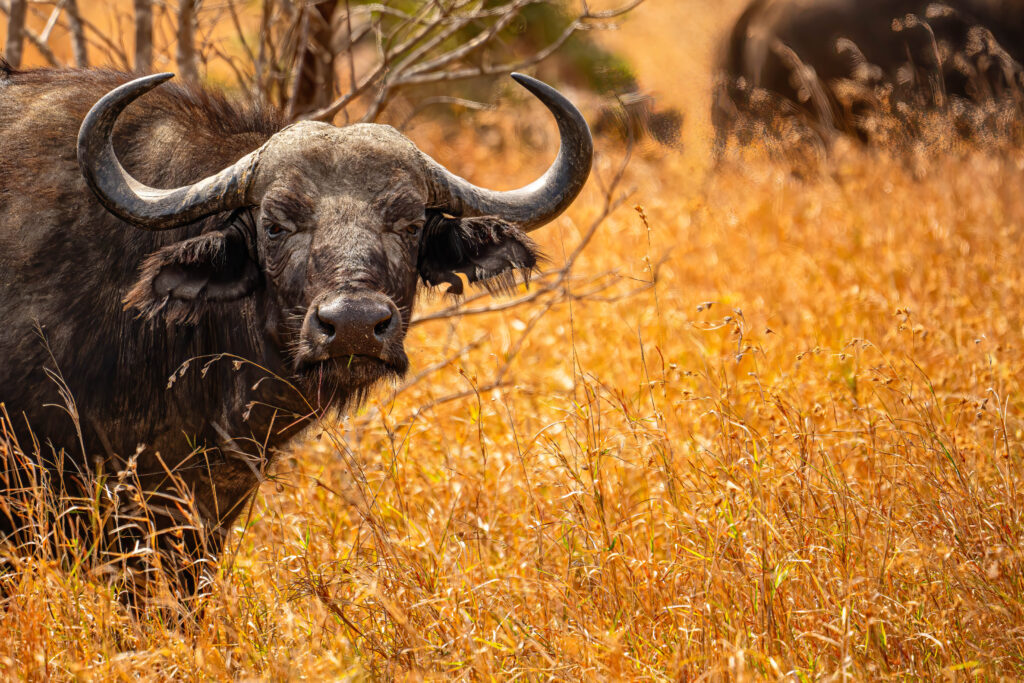
The Fundamentals
Now that we have broken down the tools of the trade, we should dive into the core principles. This is what will truly elevate your wildlife photography: the fundamentals. Even with the most expensive gear, you will not be able to separate a snapshot from a captivating image without a solid understanding of at least the basics.
Composition: Think of your viewfinder, or LCD display, as the canvas. Your subject is the star of the show. How you arrange the elements within frame can make or break your photograph. The classic guideline is the rule of thirds, dividing your frame into nine equal sections and placing your subject at the intersection of these lines. Leading lines, such as a road or river, can draw the viewer’s eye towards your subject. Negative space, which is the area around the subject, can create a sense of isolation or grandeur. Experiment with different compositions to find what works best for the scenario.

Lighting: Light is everything in photography. It creates mood, highlights details, and transforms something ordinary into something extraordinary. The golden hours are just after sunrise or just before sunset. This lighting is often a favored one, as it offers warm, soft light that’s perfect, especially for wildlife photography. Overcast days, too, can be ideal. This will provide a diffused light that eliminates harsh shadows and allows for subtle textures. Also, be sure to pay attention to the light’s direction. Whether it is coming from the side, back, or front of your subject affects the overall image greatly.
Timing: Ah, timing. A beautiful, but sometimes stressful, factor. Wildlife photography is a game of patience. You may spend hours waiting for the perfect moment. Waiting to capture a specific behavior or interaction; only to have to suddenly and quickly react when the opportunity finally arises. This could be a lion yawning, a bird taking flight, or a herd of zebras crossing a river. Photography, especially the wildlife variety, is all about anticipating your subject’s actions and being prepared. Being prepared to capture that decisive moment. Sometimes, it’s fleeting. However, those unplanned moments create the most powerful images.
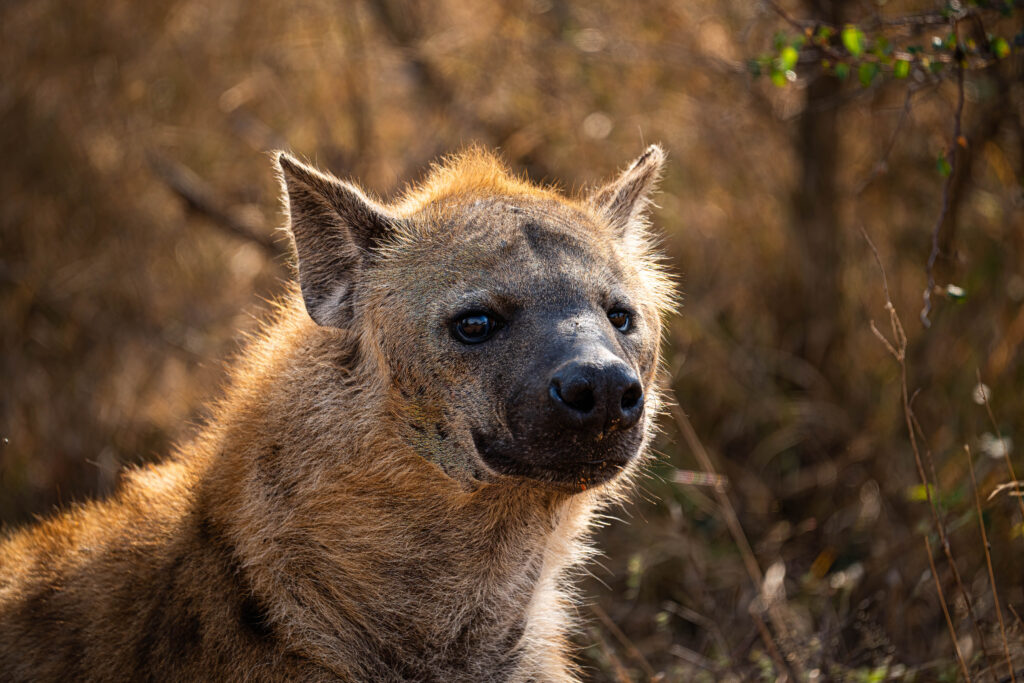
Respecting The Wildlife Wonders
Capturing stunning images should not come at the expense of the animals’ well-being. It is important to practice responsible wildlife viewing practices. Maintain a safe distance, minimize disturbance, and avoid actions that could stress or endanger the animals. We are guests in Kruger. It is our responsibility to ensure that our photography leaves no negative impacts on the park’s inhabitants.
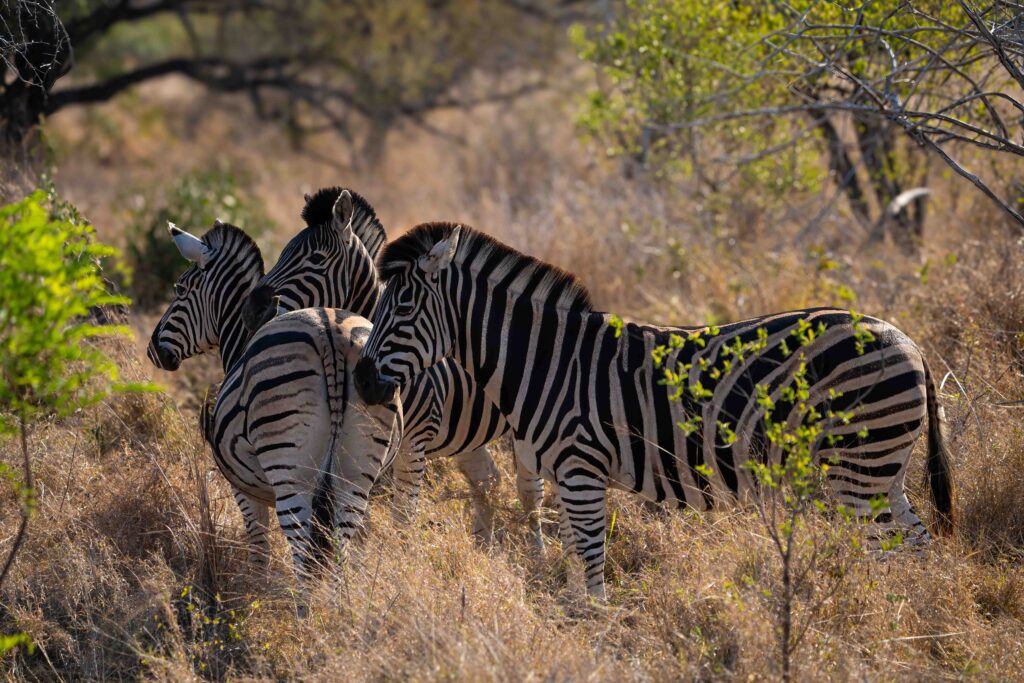


Keep up with my latest adventures in Adventures Unpacked! A newsletter for the wanderlust-filled adventurer with news on my latest journeys, travel and photography tips, and more!